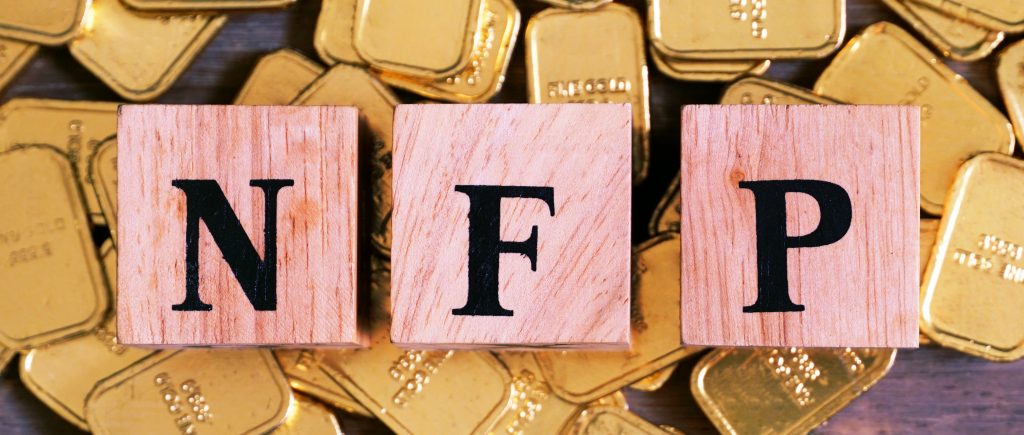Spot gold is up 1.16%, trading at $238460, and gold futures are up 1.20%, trading at $2394.45 at the time of writing. Gold has continued its positive run as investors become increasingly optimistic about the Fed’s intention to lower interest rates sooner than previously thought. The US Nonfarm Payrolls report on Friday added fuel to gold’s rally, as the Unemployment Rate rose to 4.1% from 4.0%, reaching levels not seen since the end of the Covid crisis in November 2021.
This indicates a cooling labour market that could make it even more likely for the Fed to cut interest rates to stimulate hiring. The US Dollar weakens, adding a backwind to Gold, as counterparts in Europe strengthen on diminishing political risk.
The probability of the Fed cutting its principal policy rate, the Fed Funds rate, by 0.25% by September has increased from the mid-60s at the start of the week to 72% on Friday, according to the CME FedWatch tool. The promise of lower interest rates increases Gold’s attractiveness as an investment because it lowers the opportunity cost of holding a non-interest-paying asset.
Gold gets a further backwind from a weaker US Dollar, which is falling because the expectation of lower US interest reduces foreign capital inflows and because of a strengthening of its major counterparts.
The Pound Sterling (GBP) is edging higher on Friday after a Labour Party landslide victory in the July 4 general election brings the promise of growth and stability. The Euro (EUR) is recovering on reduced political risk as it becomes increasingly clear the French far-right National Rally party will probably not achieve a majority in the second round of elections on Sunday.
Gold is likely also benefiting from generalized demand due to broader geopolitical and macro factors. The ongoing conflicts in the Middle East and Ukraine, as well as the increased risk of a Trump presidency, are still factors driving nervous investors to store their wealth in gold.
The expansion of the BRICS trading bloc and its expressed aim to de-dollarize global trade has also increased demand for Gold, which is viewed as the most realistic replacement for countries denied access to Dollar-denominated markets due to sanctions.
Set against this, falling political risk in Europe, which is likely to remain in the hands of moderate coalitions, and high central bank demand, which accounts for roughly a quarter of the gold market, might also be easing. Much buying was driven by Asian central banks using gold as a hedge to support their domestic currencies as they depreciated against the US Dollar when it rallied in the spring, after the Fed had to revise its expectations for policy normalization.

 Noor Trends News, Technical Analysis, Educational Tools and Recommendations
Noor Trends News, Technical Analysis, Educational Tools and Recommendations




